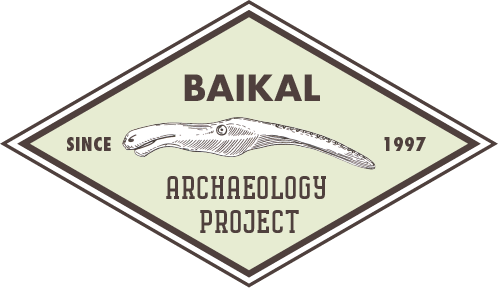Analyses of radiocarbon dates (all corrected for the freshwater reservoir effect) and associated stable isotope values obtained from the skeletal remains of ~560 individuals provide many new insights about Middle Holocene hunter-gatherers (HG) of the Cis-Baikal region, Eastern Siberia. The new radiocarbon evidence clarifies the culture history of the region by defining better the boundaries between the chronological (archaeological periods) and cultural (mortuary traditions) units, as well as our understanding of the transitions between them. Furthermore, differences between the four archaeological micro-regions with regard to the timing and duration of these culture historical units have come into focus for the first time. In terms of dietary patterns, the Early Neolithic foragers of the Angara and Southwest Baikal trended towards a greater reliance on aquatic foods. A similar trend was found in the Late Neolithic Isakovo group on the Angara, while the Late Neolithic Serovo group in the Little Sea trended towards an increased dietary reliance on terrestrial game. In the Early Bronze Age HG, a mosaic of dietary patterns was found: some groups experienced dietary shifts (frequently emphasizing different foods), while other groups displayed stability. Such differences were found even between close neighbours. All these results suggest significant variation in patterns of culture change within and between archaeological periods, mortuary traditions, and micro-regions. Some cultural patterns developed at a quick pace, others much more slowly; some appear to have collapsed rapidly, while others probably went through a more gradual transition to a different pattern. Additionally, this large set of radiocarbon dates allows novel insights into patterns of cemetery use: some seem to have been used continuously, others only sporadically, and some show long periods of disuse. Moreover, some cemeteries of the same mortuary tradition were apparently in use substantially earlier than others were even established. In sum, Cis-Baikal Middle Holocene HG strategies underwent a range of changes not only at the boundaries between relevant culture historical units but also within such units. New insights suggest considerable spatio-temporal variation in the nature, pace, and timing of these developments.
Аннотация. В результате анализа 560 радиоуглеродных дат и значений по стабильным изотопам получено много новых сведений о среднеголоценовых охотниках Предбайкалья. Прослеживается история развития древ-них культур региона, уточняются границы между археологическими периодами и погребальными традициями, проясняются темпы процессов перехода между ними, выявляется разнообразие паттернов питания, в том числе новые пищевые тренды. Установлено, что некоторые могильники использовались постоянно, другие – только спорадически, а некоторые показывают длительные перерывы в использовании. Подчеркивается, что не все могильники одной погребальной традиции использовались синхронно относительно друг друга. Сделан вывод, что стратегии выживания претерпели ряд культурных изменений не только на границах между археологиче-скими периодами, но даже и внутри них. Открыты значительные пространственно-временные различия в ха-
рактере, темпе и продолжительности этих культурных процессов.


